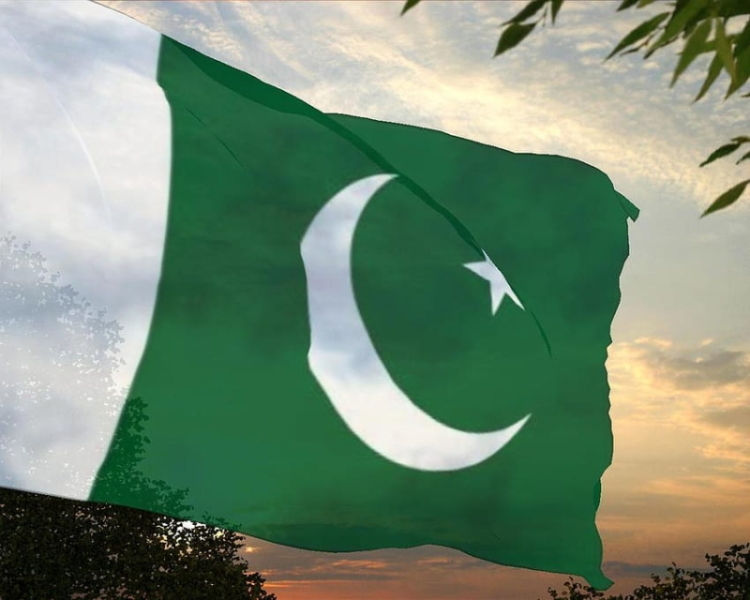My piece published in TFT
Since 1947, two characteristics of the Pakistani state have continued to haunt its legitimacy and survival. The first relates to the lopsidedness of its federal framework; and the second pertains to the dysfunctional citizen-state compact. Prior to 1971, the efforts to achieve parity between the eastern and western wings remained a constant struggle eventually culminating in the break-up of the country. Nationalist narratives insist on the Indian intervention in 1971 rather than acknowledging that the governance arrangements for the two wings through a powerful Centre in Karachi and later Islamabad were inherently biased and unworkable. In the post-1971 context, the lopsidedness did not end as the Punjab continued to dominate the way country works and how power is distributed between the various federating units. How can a federation work when one province will always be the most populous, resourceful and hold keys to state power through the civil-military bureaucracy?
The second unfortunate legacy of the colonial governance arrangements i.e., an over-developed state operating through central rule and diktat , is now facing the greatest crisis of legitimacy. It is now commonly recognized that state legitimacy is a function of how effective a state is in delivering services, ensuring entitlements (such as security) and negotiating plural identities and competing demands for resources and power. Pakistan’s dominant classes have always been averse to address this endemic issue until the recent political consensus that has been achieved through the passage of the 18th Amendment. While the political elites are clear on the future roadmap it remains to be seen whether the unelected institutions of the state are on board with the new provincial autonomy arrangements. Perhaps the recent violence in response to the renaming of the erstwhile North West Frontier Province to Khyber-Pakhtunkhwa was allegedly orchestrated by the Kings’ party known for its servility to the establishment.
The debate on creating new provinces from different corners of the countries is a healthy sign and a direct result of a democratic phase, howsoever uncertain it might be. In a 2009 survey conducted by the Urban Institute/Nielsen, Pakistani citizens were clear in stating that the federal and provincial governments and bureaucrats were least responsive to their needs and concerns. However, they found the local governments and elected representatives far more responsive. The findings of this survey are not surprising, given that mammoth provincial bureaucracies rule the poor and the disadvantaged through a web of patronage, corruption and malfeasance.
For instance, take the case of the Punjab. A province almost the size of Germany wants to rule a poor, remote region such as Dera Ghazi Khan from Lahore. Or take the case of Sindh; a distant Karachi is in charge of the impoverished and drought-stricken communities of Tharparkar. It is not just an issue of centralization, but of a near-collapse of citizen-state relations. Since 2008, the elected governments have also rolled back the ill-fated devolution reforms introduced by Musharraf’s regime in 2002. New laws are still to be legislated and judging by the past performance of our provincial elites, the future local governments will have little powers and shall remain starved of resources to undertake local development.
The dysfunctional state of Pakistan – already judged as a failed one – needs to reinvent itself if it has to survive. There are numerous regions and districts where the state is hardly present or in a position to serve the citizenry. South Punjab, most of Balochistan, and several parts of Khyber-Pakhtunkhwa fall into this category. Add to this, the no-go areas such as FATA and PATA agencies, and the semi-citizenship zones such as AJK and Gilgit-Baltistan, we can easily assess what ails the Pakistani state? Centralised, distant, and unresponsive governance arrangements have eroded the citizen trust in the state
It is therefore imperative that new governance units be carved out from the existing unmanageable and misgoverned provinces that function in tandem with efficient local governments. The Punjab should at least be divided into four provinces, KP into at least two, and Sindh should also be separated from the messy Karachi that consumes most of the energies of the provincial government. Finally, it is baffling to note that no such move has been considered for Balochistan which currently is an unwieldy province and which needs to be divided into at least three units. The numbers are irrelevant as long as the economic and political viability of the new provinces is properly assessed and tabled for public debate to be followed by referenda.
If this is not done, the Pakistan state, assuming that it has not failed yet, will soon be headed towards failure.
Raza Rumi is a writer and policy expert based in Lahore. He blogs at http://razarumi.com; and manages Pak Tea House and Lahore Nama e-zines. Email: razarumi@gmail.com



